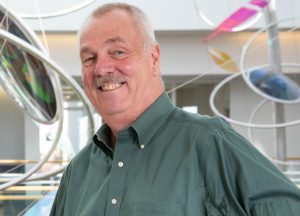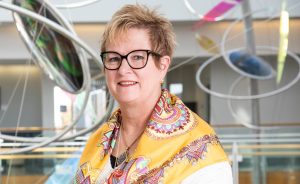Developing Intranasal Vaccine Against Bacterial Pathogens
William and Wendy Picking Lab
Research Interests
Vaccines are perhaps the greatest public health achievement of our lifetime. They have prevented millions of deaths from childhood and adult diseases to the point that some pathogens have almost been eradicated.
Unfortunately, there is much work that still needs to be done to develop more vaccines that can be delivered intranasally and thus prevent some of the vaccine hesitancy exhibited throughout the world. Furthermore, many vaccines can be formulated to be therapeutic and can thus treat a person and vaccinate in one motion, which aids in compliance to the vaccine schedule. The Picking lab aims to continue to develop our toolbox, which now passes through the proof of concept step into the more toward and FDA IND – one step closer to market.
ABOUT THE LAB
For years the research labs of Bill and Wendy Picking have worked on elucidating the mechanisms of the type III secretion systems (T3SS) of Gram negative bacteria with our model organism being Shigella flexneri – an enteric pathogen that is the causative agent for bacillary dysentery throughout the world but more devastating in low and middle income countries around the globe.
Children under the age of 5 and the elderly are most at risk due to naive or immunosenescent immune systems, respectively. Not only is the mortality rate of children high in these countries, but a constant state of gut inflammation and malnutrition cause stunted growth and cognitive impairment. Our prophylactic vaccine against Shigella takes advantage of the surface-localized T3SS proteins, which are conserved across all species of Shigella, unlike attenuated bacterial strain vaccines and LPS-based vaccines.
The Picking lab has branched out to Pseudomonas aeruginosa (Pa), an opportunistic nosocomial pathogen that is most notably involved in lung infections of cystic fibrosis patients. Pa in CF patients is a chronic infection that is resistant to almost all antibiotics on the market and never really clears the lung after treatment. Their vaccine does, and they look forward to its use in CF patients in the future.
LAB MEMBERS


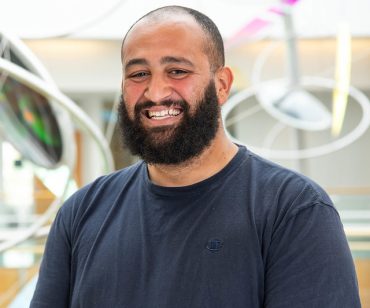
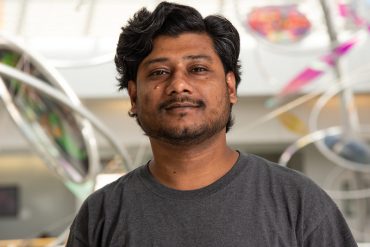
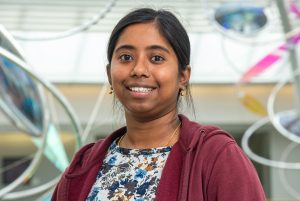
Research Topics
-
Artificial intelligence
-
Bacterial pathogenesis
-
Chronic inflammatory diseases and immune responses
-
Data management
-
Deep learning and AI for biological data
-
Drug delivery and therapeutic development
-
Host-pathogen interactions
-
Immunotherapies and immune system regulation
-
Metabolic pathways and mechanisms
-
Multi-omics and bioinformatics tools
-
Single-cell genomics
-
Spatial transcriptomics
-
Vaccine development
-
Artificial intelligence
-
Bacterial pathogenesis
-
Chronic inflammatory diseases and immune responses
-
Data management
-
Deep learning and AI for biological data
-
Drug delivery and therapeutic development
-
Host-pathogen interactions
-
Immunotherapies and immune system regulation
-
Metabolic pathways and mechanisms
-
Multi-omics and bioinformatics tools
-
Single-cell genomics
-
Spatial transcriptomics
-
Vaccine development
In the news
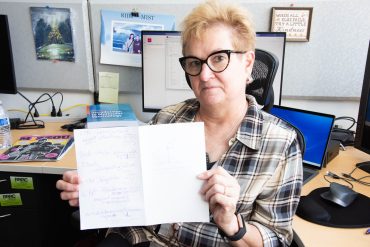
Oct. 20, 2023
Protein Fusion as the Solution—Picking’s Path to Vaccine Development
Wendy Picking, professor of veterinary pathobiology and principal investigator at Bond Life Sciences Center sits in her office and shows off some notes she jotted down about the vaccines she’s working on. | Photo by Beni Adelstein, Bond LSC By Beni Adelstein Wendy Picking uses the power of proteins to fight pesky pathogens like Pseudomonas aeruginosa. Picking and her team are one step closer to completing their mission to develop weapons like vaccines to fight against this bacterium. In March, they published these findings in Nature’s Journal, npj Vaccines. “If your immune system is weakened…
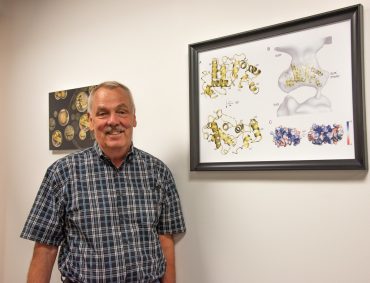
Sep. 28, 2023
Zooming in on the tools: T33 Secretion System
Zooming in on the tools: TS33 Secretion System William Picking standing next to a poster from his work in the Journal of Molecular Biology. This diagram depicts the structure of protein PscK from the pathogen Pseudomonas Lanuginose, which is used in a system to inject toxins into immune cells. Images A and C depict the protein’s structure and image B shows how the protein is used with a secretion apparatus. Salmonella is one bacterium everyone’s heard of. It’s the scourge of meatpacking plants and involved in spinach recalls every year, causing unwelcome intestinal unrest and dangerous disease…
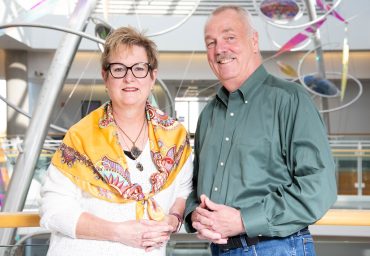
Nov. 4, 2022
Complementary Crafts: New Bond LSC investigators bring dual microbiology projects to the center
By Cara Penquite | Bond LSC Wendy and Bill Picking tackle a stomach-churning area of science. Fascinated by the bacterium responsible for bacillary dysentery, Bill studies its structure and function, while Wendy aims to use information on that same bacterium for healing. “I do the vaccine stuff, but he’s a protein chemist. So the proteins are what keep us together,” Wendy said. As two of Bond LSC’s newest investigators, the couple brings pathogenic microbiology expertise to the center. Their hiring is part of MizzouForward, an investment that aims to elevate and promote the University of…
